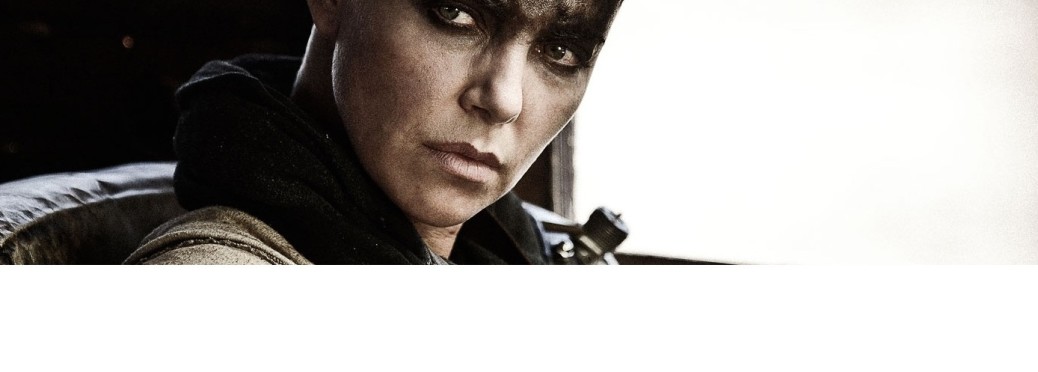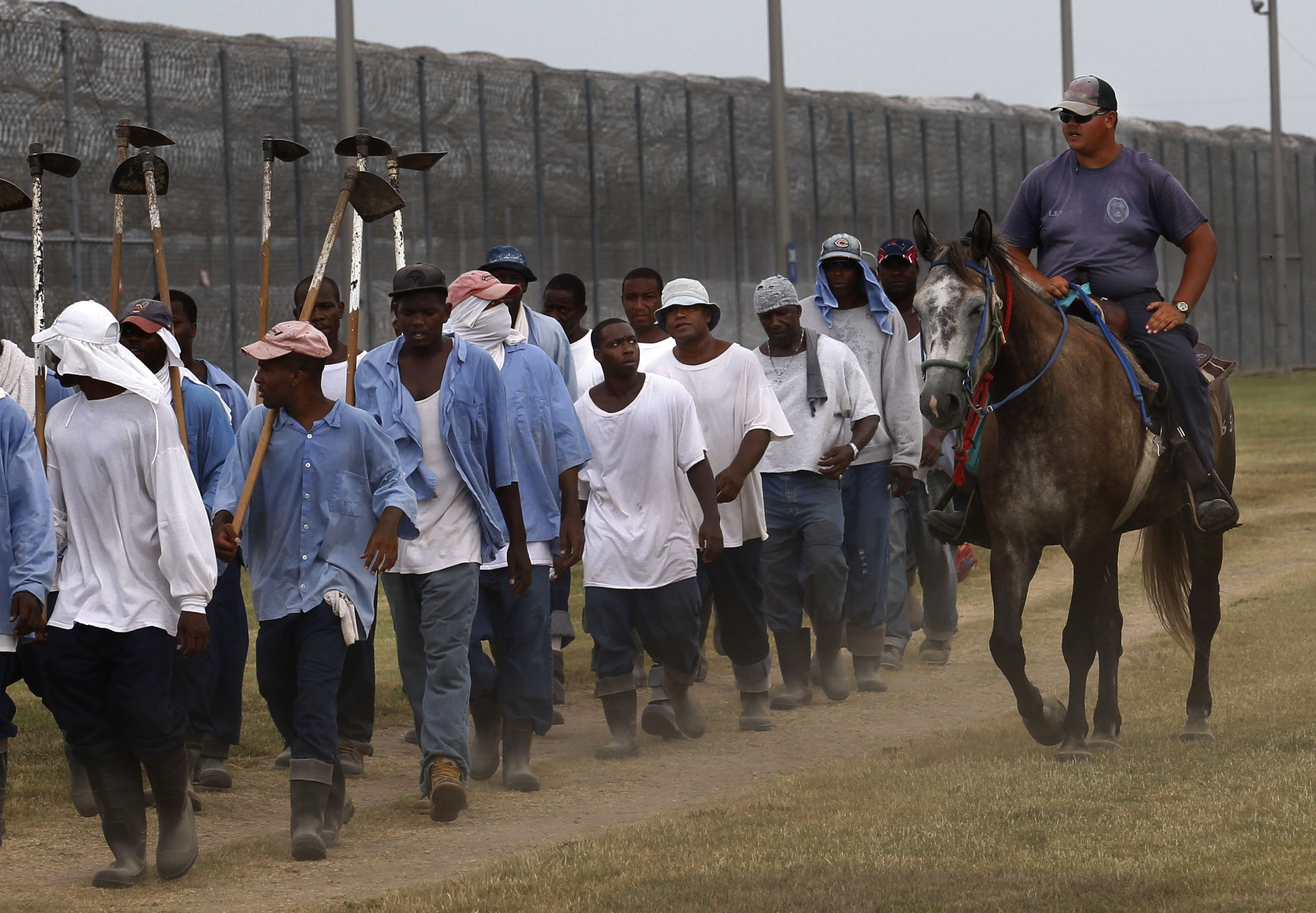In a deserted and desert post-nuclear world, society has been reduced to roving gangs fighting for control of resources: water, fuel, bullets, and women. Imperator Furiosa (CharlizeTheron) leads a group of escaped wives from the enslavement of crime lord Immortan Joe. On the run, Furiosa teams up with road warrior Max Rockatansky (Tom Hardy) to fight off Immortan Joe’s army, sent to reclaim the overlord’s brides.
One of the first films to maximize the emotional power of the close-up shot was The Passion of Joan of Arc, a silent film from Danish director Carl Theodor Dreyer. Considered by many to be a landmark film in cinematic history, the movie famously concludes with Joan of Arc’s execution by fire. The film’s last reel is hundreds of feet of film with nothing but close-ups of faces watching the execution interspersed with Joan’s face in overwhelming pain.
In the summer of 2015, Charlize Theron, as Imperator Furiosa in Mad Max: Fury Road, delivered a performance reminiscent to that of Joan of Arc, which wordlessly communicated similar levels of suffering. Mad Max: Fury Road is just about everything that The Passion of Joan of Arc is not. Fury Road is a loud, propulsive, colorful, and manic chase sequence that fills up the entirety of the film. But what Fury Road does have in common with The Joan of Arc is something film critic Béla Balázs described as the silent soliloquy in his 1948 book Theory of the Film (Character and Growth of a New Art).
Balázs wrote at length about the artistic characteristics of film that separated it from literature or theater. Back then, film was only a few decades old and the language of film was still being discovered and refined. Ultimately, it was the close-up that Balázs identified as the singular artistic figure possible only in film. According to Balázs, modern audiences had little patience for spoken monologues, as they were unnatural. Balázs described how close-ups in film provided a “silent soliloquy, in which a face can speak with the subtlest shades of meaning without appearing unnatural and arousing the distance of the spectators. In this silent monologue, the solitary human soul can find a tongue more candid and uninhibited that any spoken soliloquy, for it speaks instinctively, subconsciously” (Balázs 62–63).
Midway through the film, Furiosa teams up with Max just minutes after they were fighting to kill each other. We don’t hear the characters discuss the terms of their truce or explain their new-found respect; but instead, we see them wordlessly work together, handing off an array of firearms to each other, fighting off cronies, and communicating their mutual trust with glances. Later in the film during the the climactic action sequence, the camera fixates again and again on the face of Imperator Furiosa. Sensing the slipping odds of success and bearing the pain of a metal dagger stuck deep in her side, we see the human soul of Furiosa in these close-ups. These silent monologues juxtaposed with the fiery action and thumping musical score connect the most post-modern of films back to the origins of cinema.
Mad Max: Fury Road was a surprise success both commercially and critically. The film was a sequel to a franchise that hadn’t seen any action since 1985. Director George Miller was second guessed after his numerous attempts to get the production off the ground (from as early as 1997) came up short before financing and casting finally fell into place in 2013. In a time when Hollywood is continuously under fire for unimaginative blockbusters and unnecessary sequels, there was no reason to believe Fury Road would be anything special. When audiences finally saw the finished film, they found a unified cinematic achievement featuring some of the year’s best action, stunt work, special effects, design, and acting.
It’s easy to overlook the subtle facial performances in an unsubtle movie. Throughout the film Charlize Theron delivers a performance that empathetically elevates Furiosa to the same emotional levels achieved by Renée Jeanne Falconetti in The Passion of Joan of Arc. With matching haircuts, Joan and Furiosa are strong warriors leading their respective fights for righteousness. While they meet different ends, we see close up how both women pay a heavy price for their causes. The directors and actors who brought these characters to life through close shots and facial performances did so in a way that “not only widened our vision of life, [but] has also deepened it” (Balázs 55).
by Preston Wittwer
Bibliography:
Balázs, Béla. Theory of the Film (Character and Growth of a New Art). London: Dennis Dobson, n.d. Print.



